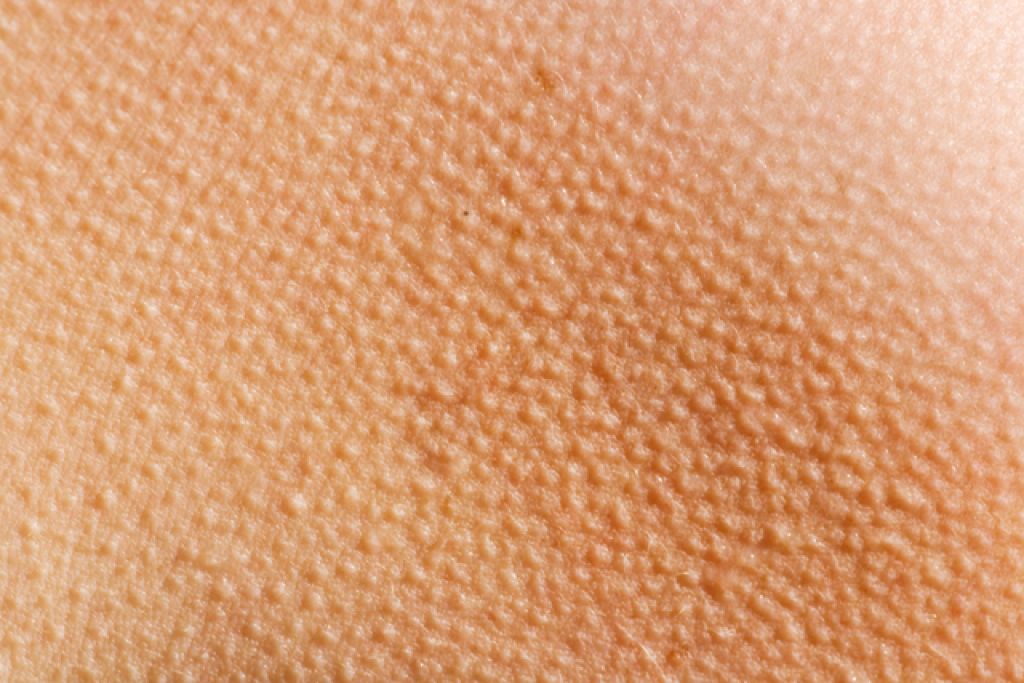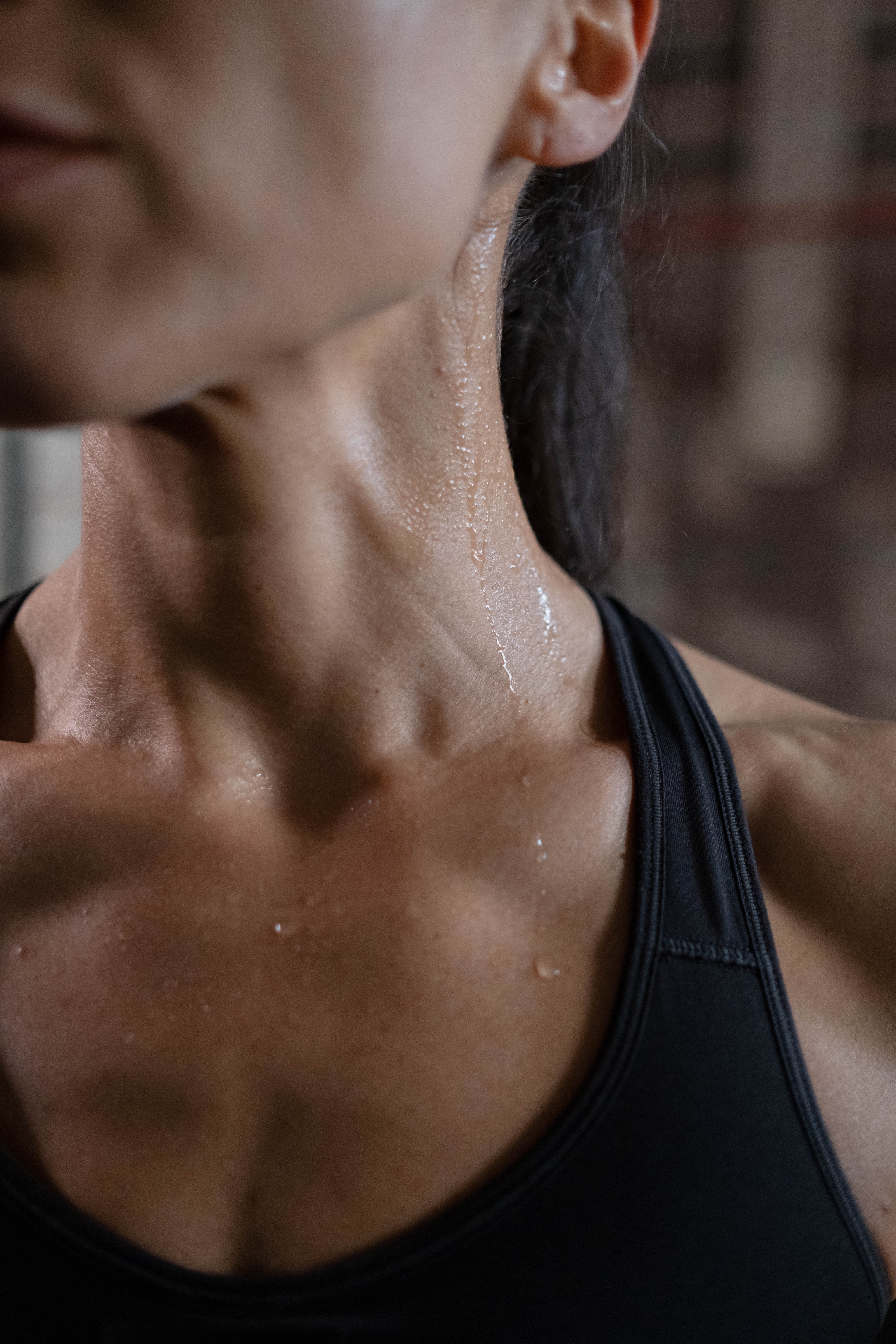This topic takes on average 55 minutes to read.
There are a number of interactive features in this resource:
 Biology
Biology
 Human biology
Human biology
 Physical education
Physical education
Core body temperature is normally 37°C no matter what the temperature of the surroundings or the activity level of the individual. It is controlled by a negative feedback system.
The hypothalamus is the temperature-regulating centre of the brain. It contains receptors which are sensitive to the temperature of the blood flowing through the brain.
Temperature sensitive receptors in the skin also feed back information to the hypothalamus about the temperature of the skin surface.
Changes in core body temperature cause the hypothalamus to send nerve impulses to the sweat glands, muscles and blood vessels to raise or lower the temperature. If the core temperature goes up the body loses heat to bring it down again. If the core temperature goes down the body will conserve and even generate heat to bring it up again.
...the hairs are raised by small muscles to trap a layer of air near the skin giving the appearance of goose bumps. Air is an insulator so this helps to keep heat in. Shivering starts, when the muscles contract fast and involuntarily. This produces more heat and, during shivering, there is usually an increase in the rate of respiration, which also warms the surrounding tissues.
The rate of heat loss depends on the amount of blood flowing through the skin. When cold, blood is kept away from the surface by vasoconstriction, that is, narrowing of the blood vessels leading to the skin capillaries. Very little blood then flows through these capillaries and this minimises the loss of heat from the skin.


In many animals pulling the hairs or feathers upright traps insulating air and helps keep them warm. In humans this doesn't work very well...!
...the blood vessels leading to the skin capillaries dilate, known as vasodilation. This allows lots of blood to flow near the surface and heat is lost through the skin by convection and radiation. The hairs of the body lie flat to avoid trapping an insulating layer of air.
To further reduce the body temperature, sweating occurs. Sweat is mostly water with some salt (sodium chloride). It is produced by the sweat glands and pours out onto the surface of the skin. Here the water evaporates, which removes heat from the skin therefore cooling the skin down. Salt is left on the skin so the skin can taste a bit salty after sweating.
